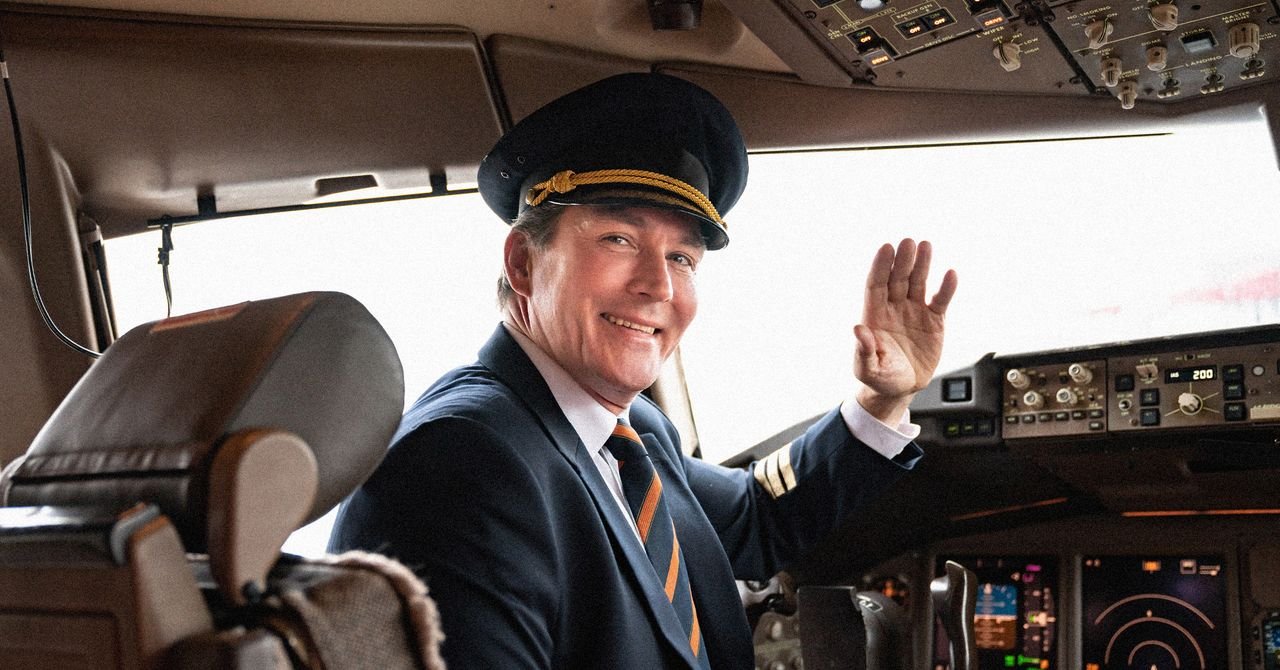On Wednesday evening, The longest government shutdown in US history has ended. Passengers hope that this will also eliminate the possibility of airport cancellations and delays. Thanksgiving is coming, and with it the Sunday after Thanksgiving, the busiest travel day of the year.
Aviation experts say travelers should expect sporadic delays and cancellations as airlines get their staff and planes back in place after several weeks of severe staffing shortages. Last week, the US Federal Aviation Administration began requiring airlines to cancel flights at up to 6 percent of the nation’s 40 busiest airports, including up to 6 percent earlier this week. The agency said the measure was necessary to keep airspace safe as controllers and security professionals missed their second consecutive pay check. The impact of that decision was compounded by the inadequate number of controllers on duty, leading to delays and cancellations across the country.
Over the next few days, however, it will be difficult to sort out shutdown-related delays from the standard chaos of the holiday season. “It’s going to be hard to get everything up and running quickly,” says former air traffic controller Tim Kiefer, now a professor at Embry-Riddle Aeronautical University. “But you may have experienced some delays due to weather, equipment issues or staffing shortages, whether or not there was a government shutdown.”
“Airlines cannot flip a switch and resume normal operations immediately after the vote — the impact will last for several days,” Chris Sununu, president and CEO of Airlines for America, an airline trade group, said in a written statement.
Some residual effects may last longer, as aviation system employees grapple with yet another disruption in their work and pay schedules. Federal workers have gone through four shutdowns in the past two decades. Controllers in particular have worked long hours amid a labor shortage that has lasted nearly 15 years, as years of underemployment, mandatory retirement at age 56, and COVID-era disruptions in training have made it harder for new controllers to be certified and onboarded into facilities. It can take around two years and a maximum of five years to train new employees to become air traffic controllers.
Unlike previous shutdowns, the FAA kept its academy in Oklahoma City open so workers did not have to stop their training (although they and their instructors went without pay). Nevertheless, the process of appointing new controllers stalled during the shutdown. The FAA did not respond to questions about when and how it might restart the hiring process.
“Does this hinder recruitment?” Kiefer says. “There’s that potential [prospective controllers] Saying, ‘I don’t want to be part of the appropriations process every 16 months and not get paid.’
And speaking of pay: It could be several weeks before federal employees receive full pay. In 2019, Kiefer said, he didn’t receive his full pay until about five weeks after Congress reopened the government.
